ZOO (Day 10 - part 6)
The Acacia Woodland exhibit features a leopard exhibit and an aviary.

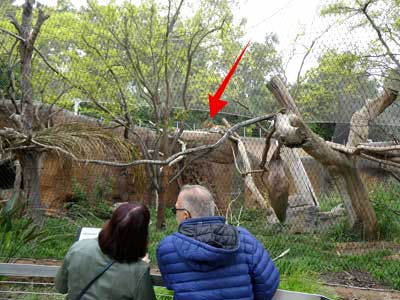
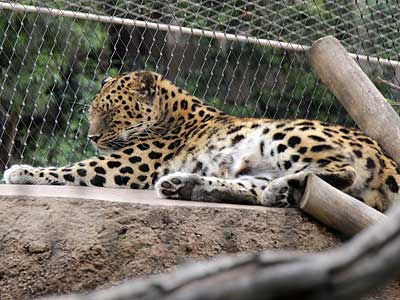
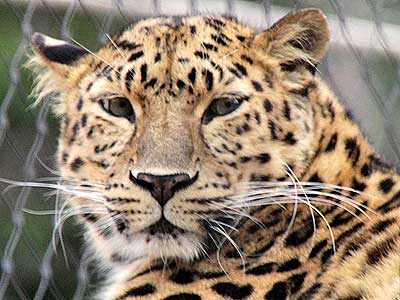
The leopard has adapted to a variety of habitats throughout much of Africa and Asia. It stalks and ambushes its prey, which it is strong enough to drag up a tree.
The aviary:


White-fronted bee-eaters
There are 22 bee-eater species. Most are found in Africa and Asia. As the name suggests, they catch bees (and other flying insects) in the air. The bird then smacks it on a branch to stun it and rubs it on the surface to remove the stinger and flush out the toxins before eating it.


These white-fronted bee-eaters live in cliff colonies of some 100 individuals, each digging their own nest tunnel when it's breeding time.


Here, they get live crickets, mealworms, and fresh bees from a nearby hive.



Northern Carmine bee-eaters

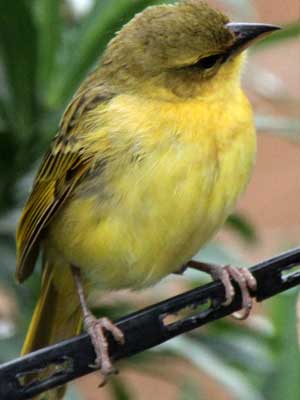


A golden-breasted starling ... a common waxbill


Another common waxbill ... a Senegal laughing dove

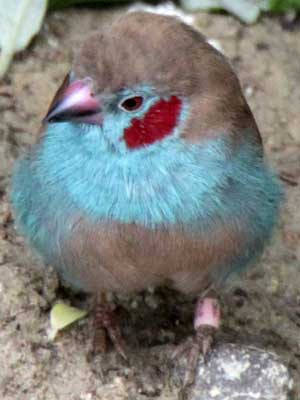
A yellow-crowned bishop ... A red-cheeked cordon-bleu

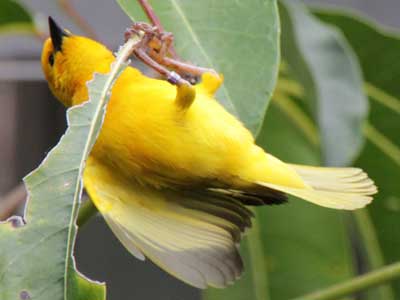
A magpie mannikin ... a Taveta golden weaver
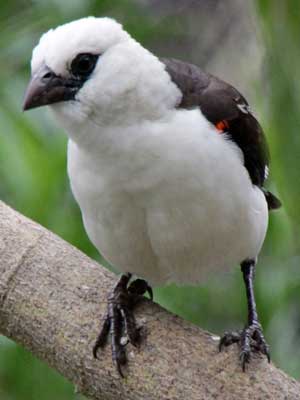

The white-headed buffalo-weaver ... at work


A Taveta golden weaver .. at work
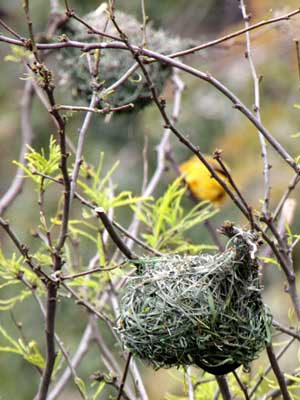

Weavers can build an intricate hanging nest in about 11 hours. He then hangs below the nest entrance, calling and flapping his wings, in hopes of attracting a female.
The Madagascar Forest exhibit features lemurs as well as their main predator... the fossa.




The 65-foot-high Rady Falls uses recirculated water.

Lemurs are only found Madagascar and the nearby islands. In spite of that, there are 100 species. It's believed that their ancestor rafted over from Africa about 60 million years ago. With no competition and few predators, they evolved to fill a large number of varying niches.


Ring-tailed lemurs are highly social, living in groups (called troops) of up to 30 individuals.


Mutual grooming is another vital aspect of social connections.


Coquerel's sifaka is a leaping lemur, jumping confidently between trees over 20 feet apart.

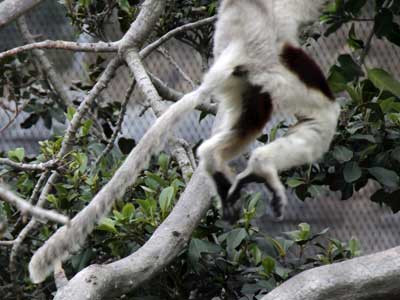
And there it goes!

The eye color of the Sclater's lemur (also called the blue-eyed black lemur) can range from an electric blue to a light sky-blue or even softer gray-blue. Males are solid black while females are reddish-brown.

The fossa eats lemurs, as well as fish, birds, mice and wild pigs. It has flexible ankles that allow it to climb up and down trees head-first. Even though it looks like some kind of cat, it is related to the mongoose.
The West African Forest exhibits focuses on animals that thrive among swamps and rivers.


The West African dwarf crocodile is also the smallest living species of crocodile. That being said, it can still reach 5 feet long and around 60 pounds. Because its small size makes it highly vulnerable to become a snack itself, it has a heavily armored neck, back, and tail.


The reflections of these Kenyi cichlids make them appear as ghost fish swimming on the pavement!


Fynbos (meaning fine plants) makes up 80% of the species in the Cape floral kingdom, one the world's six floral groups. It is the smallest in size but richest per unit of area, possibly even more diverse than the tropical forests of the Amazon. While fynbos covers only 6% of the area of southern Africa, it has half the species on the subcontinent. Table Mountain (in Cape Town, South Africa) has more species than the entire United Kingdom.
return • continue

